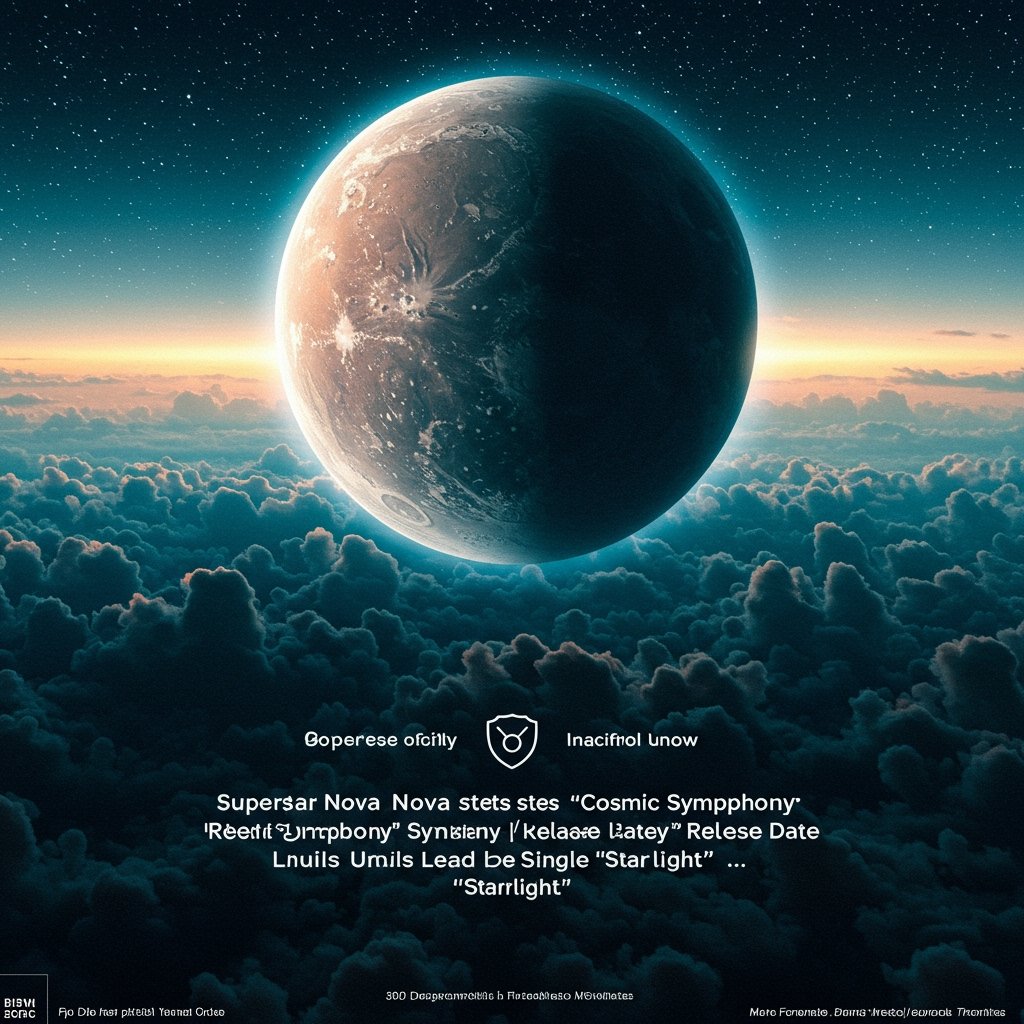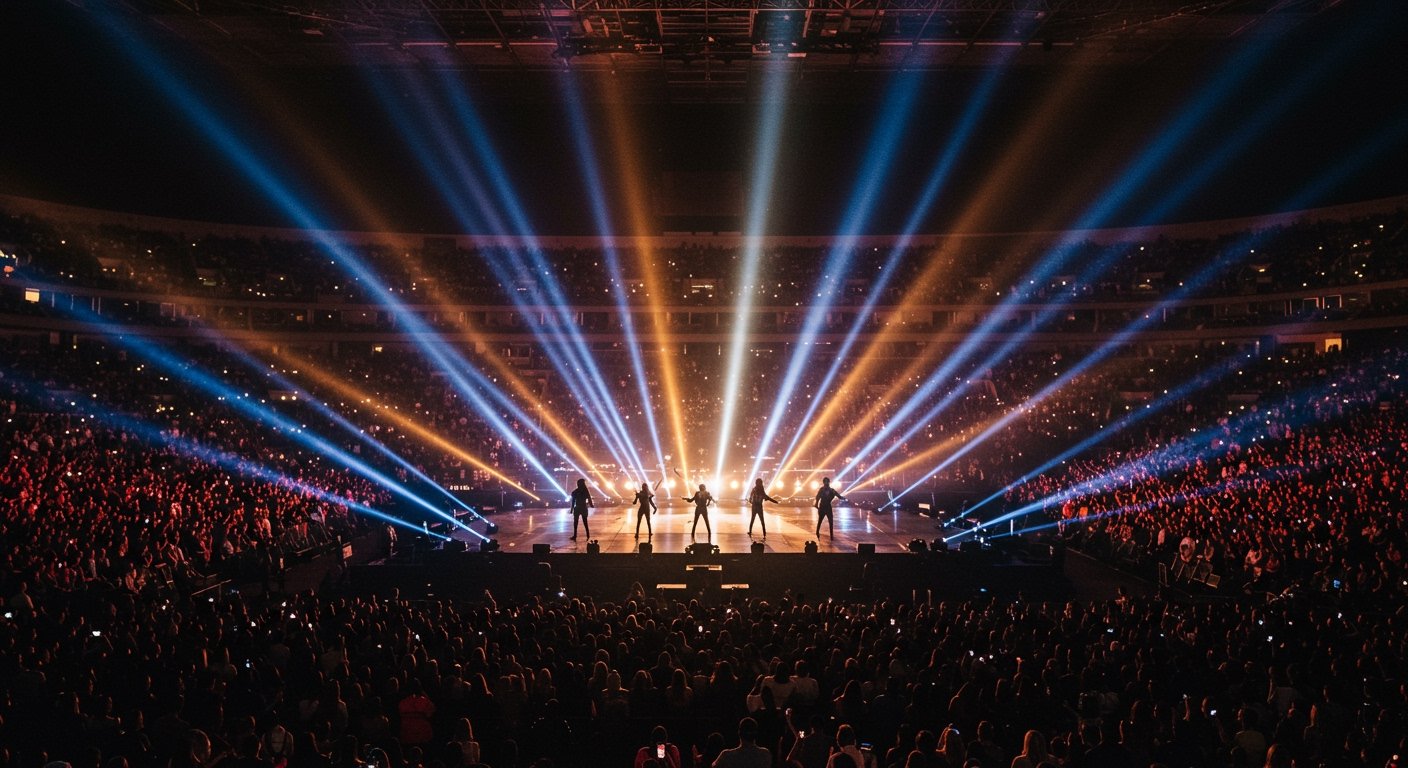New data from Nielsen’s closely watched monthly report, The Gauge™, reveals a landmark moment in television history: for the first time, streaming platforms accounted for a greater share of total TV viewing than the combined viewership of broadcast and cable television.
According to the report covering May 2025, streaming reached 44.8% of total television usage. This figure surpassed the combined share of broadcast television, which stood at 20.1%, and cable television, which registered 24.1%. The aggregate share for broadcast and cable in May 2025 totaled 44.2%, placing streaming just ahead by 0.6 percentage points.
A Historic Shift Four Years in the Making
This milestone arrives precisely four years after the debut of The Gauge report in May 2021. The comparison between May 2021 and May 2025 starkly illustrates the seismic shift in viewing habits. Since its inception, The Gauge has tracked a dramatic divergence in audience behavior.
Over this four-year period, streaming usage has surged by a remarkable 71%. Conversely, traditional forms of television have seen significant declines. Broadcast viewing has fallen by 21% since May 2021, while cable viewing has experienced an even steeper drop of 39%.
This accelerating trend underscores a fundamental restructuring of the television landscape, with audiences increasingly migrating to on-demand digital platforms.
The Expanding Streaming Ecosystem
The growth in streaming share is paralleled by an expansion in the number of platforms capturing significant audience attention. When The Gauge report first launched in May 2021, five major streaming services—Netflix, YouTube, Hulu, Prime Video, and Disney+—were highlighted as exceeding a full share point of total TV usage.
By May 2025, that number had more than doubled. The latest data indicates that a total of 11 platforms now command at least one percent of total television viewership, reflecting a more fragmented but collectively dominant streaming environment.
Key Players in the Streaming Arena
Within the competitive streaming market, certain platforms continue to demonstrate robust performance. Netflix has maintained its position as the leading subscription video-on-demand (SVOD) provider for four consecutive years, according to The Gauge data. Furthermore, Netflix’s viewership has grown by 27% since May 2021, showcasing continued engagement and subscriber loyalty on the platform.
The report also highlighted the growing prominence of free ad-supported streaming television (FAST) services. Platforms such as PlutoTV, Roku Channel, and Tubi are aggregating significant audiences. In May 2025, the combined share of these and other FAST services reached 5.7% of total television viewing, indicating increasing consumer adoption of free streaming alternatives.
Implications for the Industry
The May 2025 data confirms a long-predicted tipping point in television consumption. Streaming is no longer an emerging alternative but the dominant mode of accessing video content for American audiences. This shift has profound implications for content creators, distributors, advertisers, and the entire media ecosystem.
Traditional broadcast and cable networks face ongoing challenges to retain viewership and adapt their business models in the face of declining linear consumption. Meanwhile, streaming services are under pressure to innovate, produce compelling content, and navigate profitability in a saturated market.
Conclusion
Nielsen’s May 2025 The Gauge report serves as a definitive marker of the current state of television viewing. By officially surpassing the combined share of broadcast and cable, streaming has solidified its position at the forefront of media consumption.
The trends observed over the past four years—significant growth in streaming usage and the proliferation of major platforms, alongside continued declines in traditional TV—are expected to shape the future of the industry for years to come, reinforcing streaming’s status as the primary platform for televised content.




